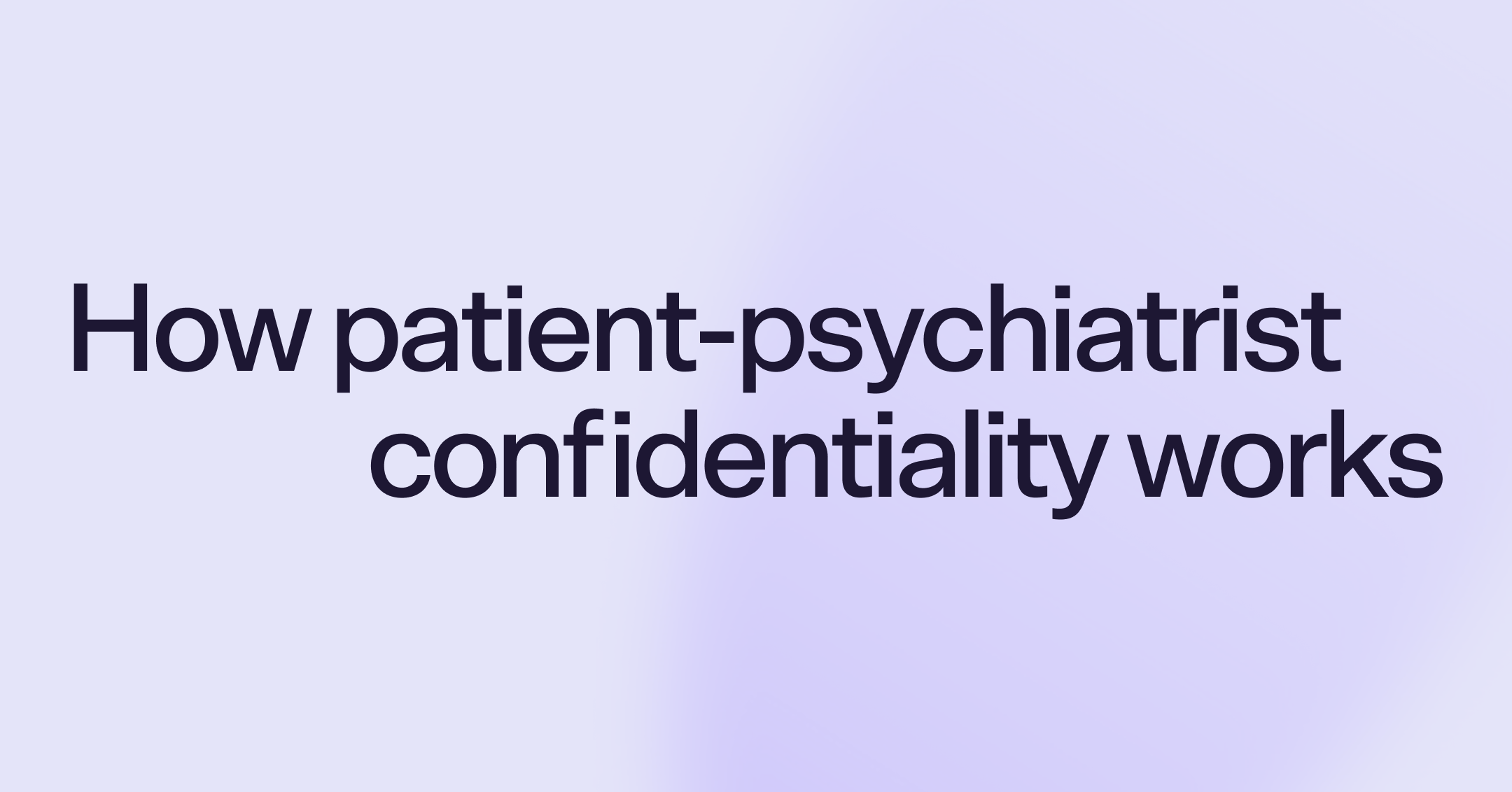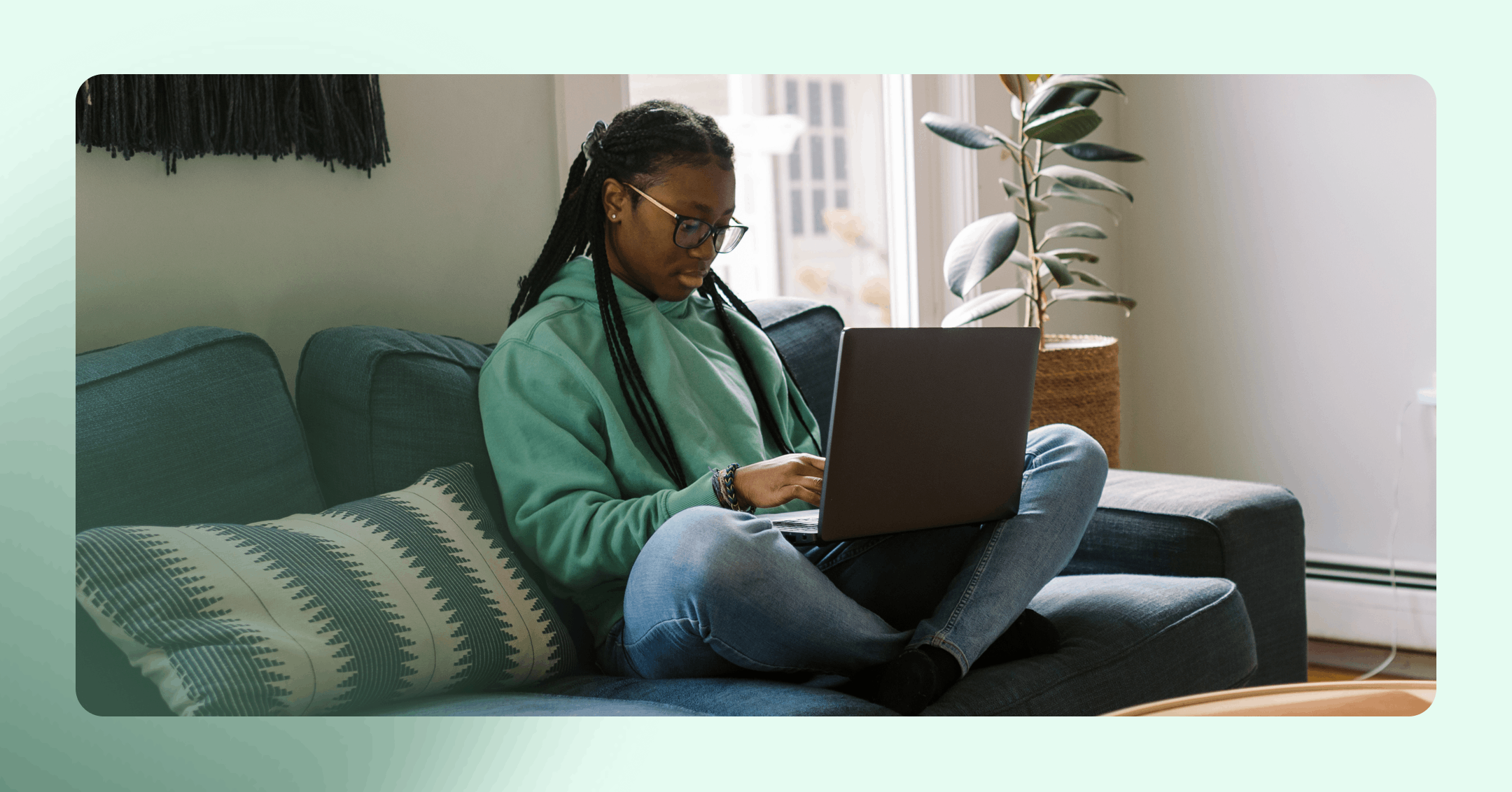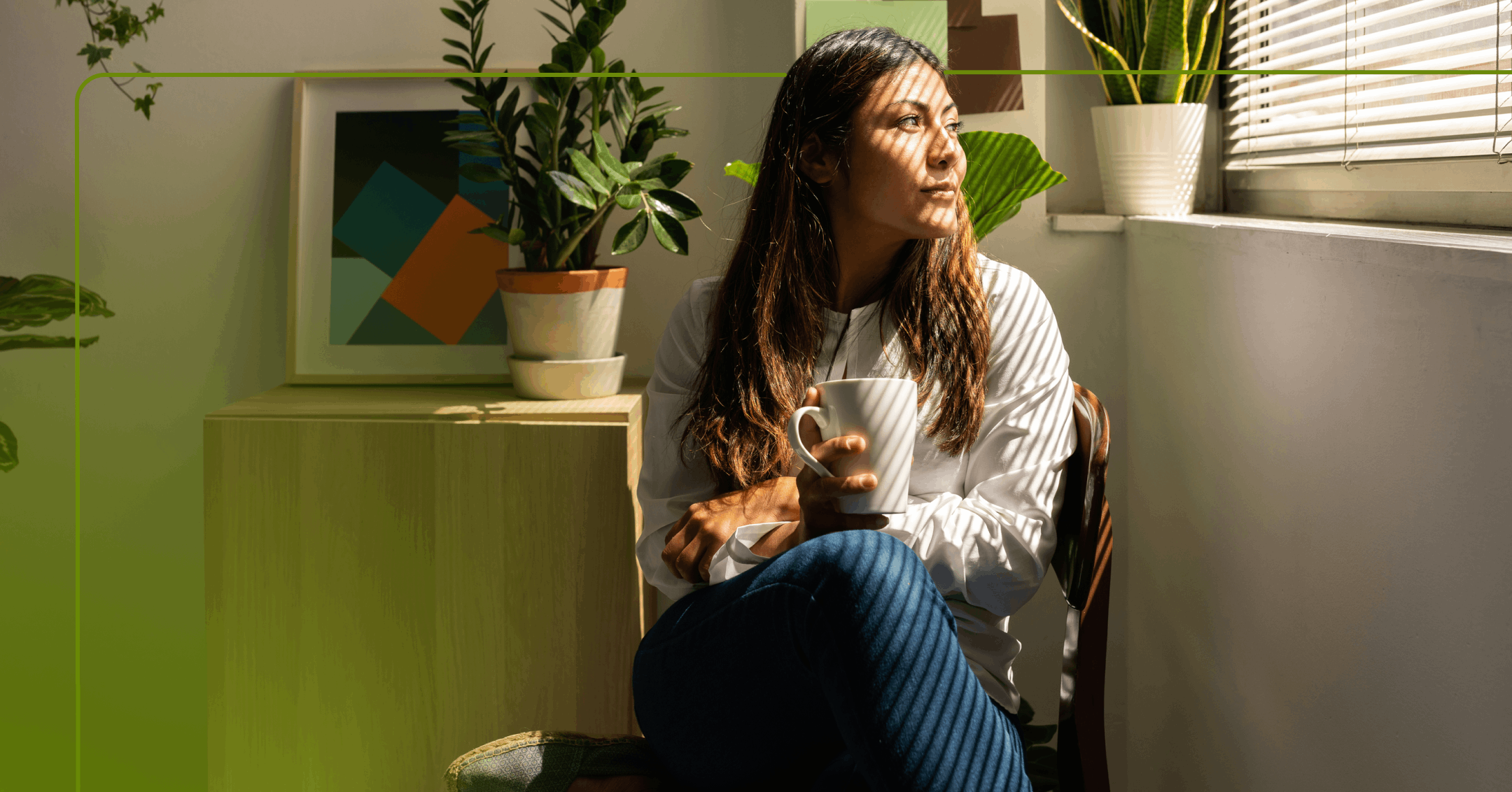People with an anxious-ambivalent — often just called “anxious” — attachment style may want to be in a committed relationship but fear being rejected or abandoned.
Some common signs of anxious attachment include fear of intimacy, jealousy and possessiveness, and a heightened need for reassurance.
Working with a therapist can help you better understand anxious attachment patterns, support your partner effectively, and protect your emotional well-being.
It’s normal to feel a bit nervous or insecure at the start of a relationship — especially when you really like someone and don’t know if they feel the same. But if your partner seems to frequently seek reassurance about your feelings or appears overly preoccupied with the relationship, it may be a sign that you’re dating someone with an anxious attachment style.
According to attachment theory, people’s earliest interactions with their caregivers influence their relationship dynamics throughout their lives. Someone with an anxious-ambivalent attachment style may have experienced inconsistent caregiving, leading to a deep fear of rejection or abandonment. As a result, they may want a committed relationship but have trouble trusting or opening up to people.
Whether you’re in a long-term relationship or dating someone new, learning more about an anxious attachment style can help you understand your partner’s needs and how to improve your relationship.
Signs your partner has an anxious attachment style
Understanding your partner’s attachment style can help you see how they approach trust and emotional closeness. This can improve your relationship by helping you better meet each other’s needs.
Signs that your partner might have an anxious attachment style include:
Fear of intimacy: People with anxious attachment often find it difficult to be vulnerable. They crave connection and commitment but may have a hard time creating emotional intimacy in their relationships.
Trust issues: It takes time to build trust in a relationship, but people with anxious attachment may continue to question their partner’s thoughts and motives. This can lead to behaviors like looking through their partner’s belongings.
Frequent need for reassurance: People with anxious attachment often fear being underappreciated by their romantic partners. For this reason, they tend to seek frequent validation and reassurance that they’re worthy of your love.
Jealousy and possessiveness: It’s common for partners with anxious attachment to be prone to jealousy and possessiveness. They may have trouble respecting your boundaries or seek reassurance in ways that can feel overwhelming. In extreme cases, this may lead to manipulative behaviors, like guilt tripping or trying to control situations to keep you close.
People-pleasing behaviors: People with anxious attachment are known to prioritize their partner’s well-being over their own. While it’s great to be with someone who’s sensitive to your needs, it can also be a sign of low self-esteem and codependency.
The care you need, when you need it
Learn how Rula can support your mental health journey
What it can be like to date a person with anxious attachment
Dating someone with anxious attachment sometimes requires a little extra patience and understanding. Your partner may have plenty of wonderful qualities — like being thoughtful, generous, and loving — but they may also have habits that make your relationship more challenging.
For example, a partner with anxious attachment might have difficulty regulating their emotions or explaining what’s on their mind. They may also try to get your attention through things like excessive calls and texts or questions like, “Do you still like me?” Over time, this can lead to stress, frustration, and resentment in your relationship.
When dating someone with anxious attachment, it’s important to remember that their behavior isn’t a reflection on you or your relationship. People with a secure attachment style — meaning they grew up feeling safe and supported by their caregivers — are typically equipped to build and maintain healthy relationships. But for people with insecure attachment styles, like anxious attachment, their early childhood experiences can contribute to unhealthy dynamics in their adult relationships.
Six tips for dating someone with anxious attachment
All relationships take work, but dating someone with anxious attachment can create some unique emotional challenges. The following tips can help you support your partner and the health of your relationship.
Focus on open communication. Poor communication skills can put a serious strain on a relationship. If your partner struggles with vulnerability, consider asking something like, “How can I be helpful to you?” Active listening and “I” statements can also help them feel seen and heard.
Recognize their triggers. There might be certain situations that trigger your partner’s insecurities, like when you forget to return their calls. You don’t need to completely change your behavior, but you may want to be more mindful of how it affects them.
Set healthy boundaries. Clear boundaries can help your partner feel more secure in your relationship while allowing you to prioritize your own happiness and well-being. For example, you might say, “I’m happy to show you my phone, but I won’t tolerate you reading my texts without my consent.”
Offer positive affirmations. Words of affirmation, or verbal expressions of love, are an opportunity to show your partner how much you appreciate them. For example: “I value you as a person and as my partner,” and, “I’m here for you whenever you need me.”
Encourage self-care. Encourage your partner to explore activities that increase self-awareness, self-confidence, and self-compassion. This can include mindfulness exercises, mental health journaling, and volunteering for a cause they feel passionate about.
Work with a therapist. It’s not your responsibility to “heal” your partner, but you can encourage them to try therapy. Therapies like dialectical behavior therapy (DBT) or acceptance and commitment therapy (ACT) can help with emotional regulation, distress tolerance, and building healthier relationship patterns. Couples counseling may also be a supportive space to improve communication and create more security in the relationship. And, if your partner’s behavior is affecting your own mental health, individual therapy can help you explore your boundaries, well-being, and next steps.
Healthy reassurance means showing up with warmth, consistency, and honesty in ways that help build trust and security over time. Enabling can happen when one partner tries to ease the other’s anxiety by over-reassuring or avoiding certain topics — often with the best of intentions. But it can sometimes keep the underlying fears from being addressed. In therapy, we work on finding that gentle balance between being supportive and helping each partner grow.

Brandy Chalmers, LPC
Clinical reviewer
Find care with Rula
Dating someone with an anxious avoidant attachment style has its challenges, but it’s completely possible for you and your partner to create a lasting and fulfilling relationship. Talk therapy is a great resource to help people learn how to communicate more effectively, manage conflict, and foster intimacy and trust.
At Rula, we’re committed to delivering a comprehensive behavioral health experience that helps people feel seen and understood so they can get back to feeling their best.
Rula makes it easier to find a licensed therapist or psychiatric provider who accepts your insurance so you don’t have to choose between affordable care and excellent care. With a diverse network of more than 15,000 providers, 24/7 crisis support, and appointments available as soon as tomorrow, we’re here to help you make progress — wherever you are on your mental health journey.
Rula's editorial process
Rula's editorial team is on a mission to make science-backed mental health insights accessible and practical for every person seeking to better understand or improve mental wellness.
Members of Rula’s clinical leadership team and other expert providers contribute to all published content, offering guidance on themes and insights based on their firsthand experience in the field. Every piece of content is thoroughly reviewed by a clinician before publishing.




